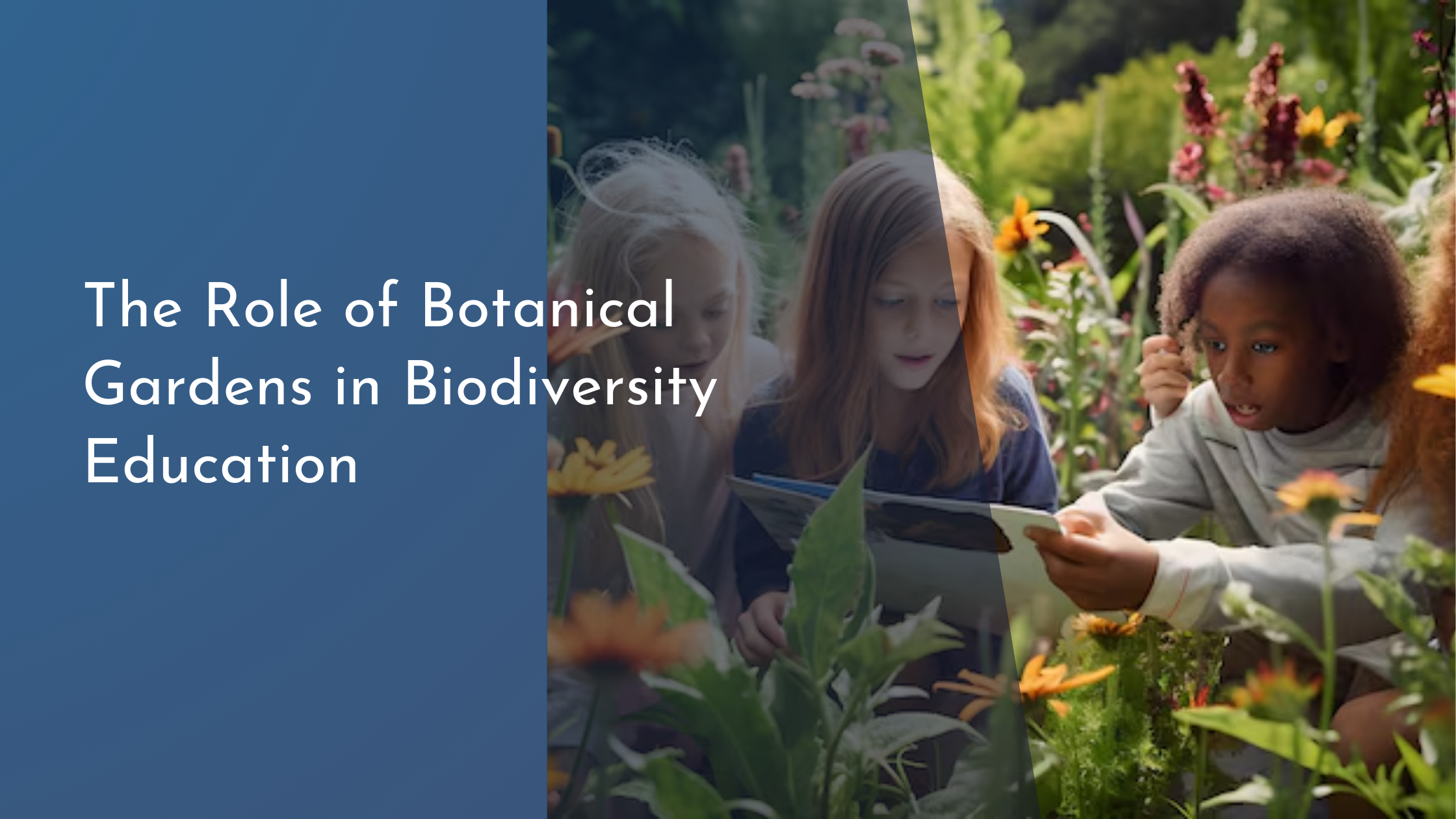The Role of Botanical Gardens in Biodiversity Education
Botanical gardens, often lush sanctuaries nestled within urban landscapes, serve a pivotal role in our understanding and appreciation of the natural world. Beyond their aesthetic appeal, these gardens are vital educational resources, offering a hands-on approach to learning about biodiversity. With their rich collections of plants, they facilitate interactive learning experiences and foster conservation awareness among visitors of all ages. Let’s explore the multifaceted role botanical gardens play in biodiversity education and why they are essential to our ecological literacy.
Botanical Gardens: A Gateway to Biodiversity
Botanical gardens act as living museums showcasing the diversity and beauty of plant life from around the globe. By replicating various ecosystems within their grounds, these gardens provide a unique opportunity for visitors to experience the wonder of biodiversity firsthand. Their curated plant collections often include rare and endangered species, emphasizing the importance of conservation and the interconnectedness of all living organisms. This exposure to a wide variety of plant life can spark curiosity and inspire a deeper interest in the natural world.
Moreover, botanical gardens serve as research hubs where scientists study plant taxonomy, ecology, and conservation. The data collected within these gardens contribute significantly to our understanding of biodiversity and the challenges it faces. Public education programs, workshops, and guided tours further enhance the educational potential of these spaces, making them accessible to people of all ages and backgrounds. By providing a gateway to biodiversity, botanical gardens play an essential role in promoting ecological awareness and encouraging sustainable practices.
Interactive Learning in Lush Environments
One of the key strengths of botanical gardens is their ability to offer interactive learning experiences. Unlike traditional classroom settings, botanical gardens provide an immersive environment where visitors can engage with nature directly. Educational programs often include hands-on activities such as planting workshops, guided nature walks, and sensory experiences that appeal to all five senses. These activities not only make learning more enjoyable but also reinforce the information through practical application.
Furthermore, botanical gardens are increasingly incorporating technology to enhance interactive learning. Mobile apps, augmented reality experiences, and interactive displays allow visitors to delve deeper into the plant world, learning about species identification, ecological roles, and conservation efforts. This blend of technology and nature creates a dynamic learning environment that caters to a variety of learning styles, ensuring that every visitor leaves with a greater understanding and appreciation of biodiversity.
Cultivating Awareness and Conservation Efforts
A critical aspect of the educational mission of botanical gardens is to cultivate awareness about environmental challenges and the importance of biodiversity conservation. Through interpretive signage, exhibits, and educational programs, botanical gardens communicate the threats facing various plant species and ecosystems. They highlight the impact of human activities such as habitat destruction, climate change, and pollution, inspiring visitors to reflect on their role in the environment and consider more sustainable practices.
Botanical gardens also serve as vital centers for conservation efforts, often participating in plant breeding and seed banking projects aimed at preserving threatened species. By showcasing these initiatives, botanical gardens raise public awareness about the crucial work being done to protect plant biodiversity. Visitors are encouraged to participate in conservation efforts, whether by supporting local conservation projects or adopting sustainable practices in their own lives. In doing so, botanical gardens empower individuals to take an active role in preserving the planet’s natural heritage.
Celebrating Nature: A Cheerful Conclusion
At their core, botanical gardens are places of wonder and learning, celebrating the beauty and diversity of plant life. They offer a serene escape from the hustle and bustle of everyday life, inviting visitors to reconnect with nature and appreciate its splendor. Through festivals, events, and seasonal displays, botanical gardens create a festive atmosphere that encourages people to explore and enjoy the natural world.
In conclusion, botanical gardens are more than just beautiful green spaces; they are vital educational and conservation centers that play a crucial role in fostering biodiversity awareness. By offering interactive learning experiences and promoting conservation efforts, these gardens inspire a love for nature and a commitment to protecting it for future generations. As we continue to face environmental challenges, the role of botanical gardens in biodiversity education will become increasingly important, serving as a beacon of hope and knowledge in the fight for a sustainable future.
In celebrating the role of botanical gardens in biodiversity education, we recognize their invaluable contribution to raising awareness and inspiring action. These vibrant spaces not only educate and delight but also empower individuals to make a difference in the world. By visiting and supporting botanical gardens, we become part of a larger movement dedicated to preserving the planet’s rich biodiversity and ensuring a healthier, more sustainable future for all.

